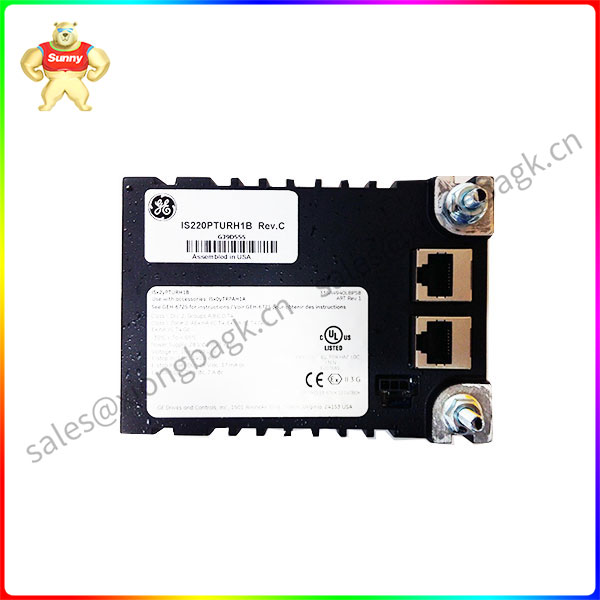Bosch Rexroth developers have improved the frame rigidity of the new generation of PSK precision modules. Two accuracy levels cover a wide range of application scenarios in a more economical way. The new PSK precision module from Bosch Rexroth uses a ball screw assembly sealed on both sides and an extended lubrication concept to better meet the requirements of semiconductor production and the electronics industry. Automation and increasing number of auxiliary systems are driving the growing automotive electronic controllers market. However, this does not lessen the competitive pressure on manufacturers. To address this challenge, the Bosch Ansbach plant has introduced a new generation of modular production units for different production volumes and equipment types. The aim is to reduce the space required, as well as CO2 emissions, through the compact design. The application of the ctrlX DRIVE, Bosch Rexroth’s new compact drive system, plays an important role in achieving this goal.
Since 1957, Robert Bosch AG has been operating a production plant in Ansbach for the manufacture of electronic controllers and electromechanical components for vehicle systems. As the main manufacturer of specific types of controllers, the Ansbach plant is responsible for the industrialization of specific products in the international production layout.
In addition to reducing costs and increasing functionality, the customer also wanted to reduce CO2 emissions from production activities with the new controller, which required adapting the existing production concept to meet the new requirements.
Compact drives for compact production units
After an evaluation, the project leaders decided to utilize Bosch Rexroth’s AUTOMATION toolkit ctrlX AUTOMATION for most of the project. As a provider of automation solutions, Bosch Rexroth has been an important partner for mechanical engineers at the Bosch Ansbach plant.

IS220PTURH1B
Friedrich Großmann, head of technical and electrical planning at the Ansbach plant, explains: “The IndraDrive Cs drive controller provides us with a very good experience. Today’s initial test results of the new ctrlX DRIVE prototype also give us confidence to continue moving towards a more compact design. In collaboration with the project leader, we quickly developed a production plan for the new ctrlX DRIVE and integrated it into our compact production unit from the very beginning.” Planning began in early 2020, and with the handover of EnDat2.2 encoder security functions, development of the new controller was completed in mid-2022. Users and developers communicate regularly, any problems are resolved quickly, and product delivery is guaranteed.
Save space and reduce complexity
The new driver meets Bosch’s requirements for reduced installation space, reduced heat generation and increased functionality. The use of the latest generation of low-power (i.e., waste heat) components, coupled with the compact design, allows for high drive shaft density in the unit and reduced space requirements in the control cabinet while reducing the wiring required for the central power supply.
Through the application of ctrlX DRIVE, all these requirements are precisely achieved. Friedrich Großmann explains: “With ctrlX DRIVE, we have taken a major step forward and are well prepared for the future. The initial doubts of electrical planners and developers are eliminated. The compact design and reliable integration of functional safety are both compelling factors. The first production line equipped with the ctrlX DRIVE system has entered the production stage of standard parts.”
Klaus Kamps, head of technical functions at the Ansbach plant, added: “This development has important implications for improving the sustainability of production. To reduce complexity, it is also necessary to use custom kits consisting of control systems, drive controllers and drivers.”
Powerful drives improve energy efficiency and are future-proof
At the same time, ctrlX DRIVE enables Bosch Ansbach plants to improve energy efficiency, which is an increasingly important issue in this market segment. One of the methods used is to use a shared DC bus to avoid the brake resistor wasting energy during the deceleration of the drive shaft. Through displacement, the excess energy is used by all the drivers in the shaft group, so that the overall energy required by the grid is reduced, and the power supply required by the machine is reduced.
Klaus Kamps says: “ctrlX DRIVE also brings us security. It uses a comprehensive security concept. For example, the SafeMotion option can be selected in a reliable manner through the FailSafe over EtherCAT (FSoE) protocol, ensuring efficient routing over existing EtherCAT lines. This way, we can optimally adapt to specific situations to ensure the safety of the people in the assembly unit.”
By adopting the ctrlX DRIVE system, the Bosch Ansbach plant is able to significantly reduce the resources required for its industrial solutions, achieve a high level of energy efficiency and ensure absolute safety. With ctrlX AUTOMATION’s holistic concept, the company is also prepared to meet the challenges of the future, with the flexibility to expand when necessary. Klaus Kamps says: “We want sustainability, efficiency and agility to continue to improve. In view of the very positive results achieved with ctrlX DRIVE, we also plan to use the ctrlX CORE control system in the factory. The application technology and openness of this industrial control system will help us achieve our goal of agile production.”
 中文版
中文版




